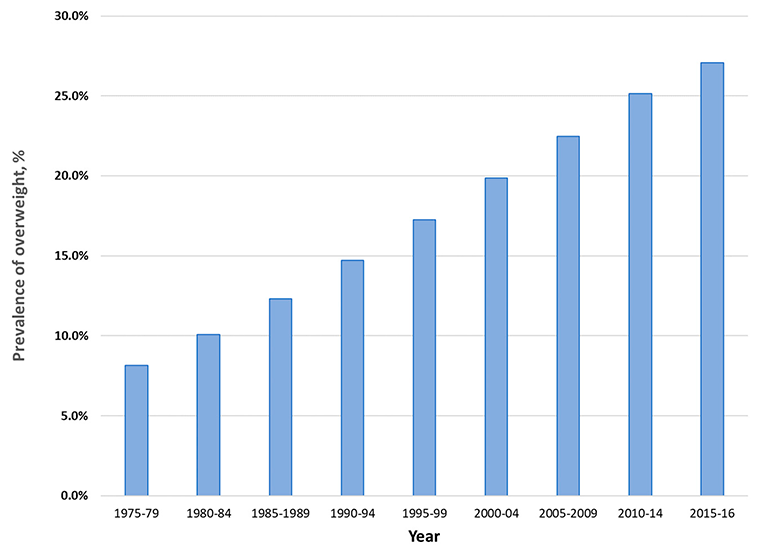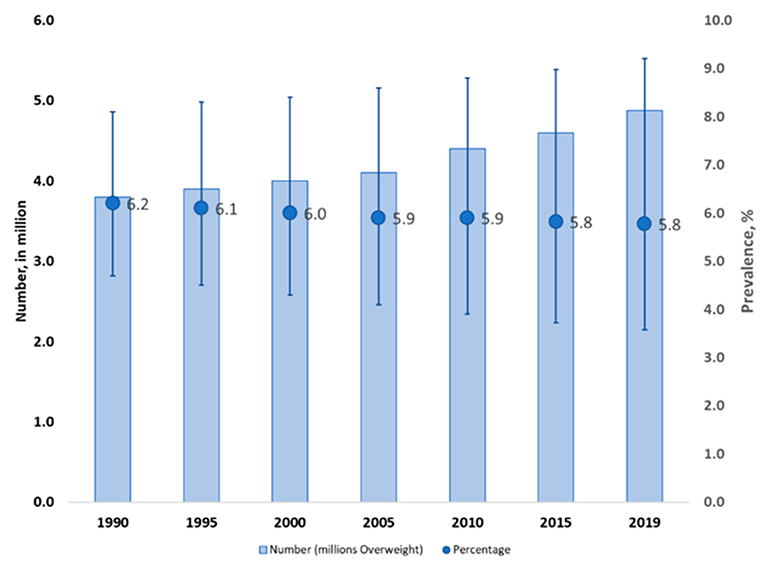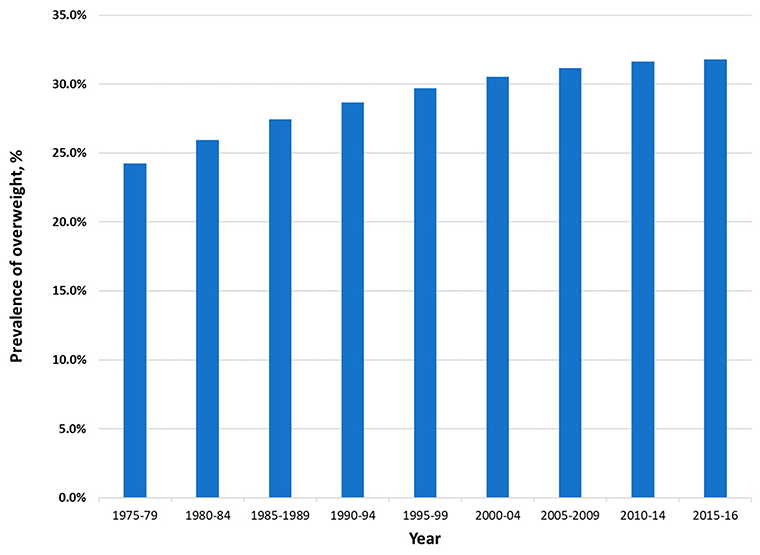
We collect, analyse, publish and disseminate these data to support countries to set nutrition targets, track progress, and define policies and strategies for improving nutrition to support health and well-being for all, at all ages, and to meet Sustainable Development Goal 2 (end hunger, achieve food security and improved nutrition and promote sustainable agriculture) and Goal 3 (ensure healthy lives and promote well-being for all at all ages), together with other regional and global commitments within the United Nations Decade of Action on Nutrition and WHO’s “Ambition and action in nutrition 2016–2025”, which aims for “a world free from all forms of malnutrition where all people achieve health and well-being”.
You can access our data through several free-to-use nutrition-related data management systems, which include health observatories, databases, data banks, information systems and online libraries, as well as reports. Data on these systems come from different sources, including national nutrition surveillance systems, household surveys, research papers and reports developed by countries, other United Nations agencies, academia and nongovernmental organizations. These systems include data for countries in the Region, and we use these data to measure trends and compare data over time, across countries and regions.
Data management systems
Health observatories
WHO Eastern Mediterranean Health Observatory
Databases
WHO Global Database on Body Mass Index
WHO Global Database on Child Growth and Malnutrition
WHO Global Database on the Implementation of Nutrition Action
Data banks
WHO Global Data Bank on Infant and Young Child Feeding
Information systems
WHO Nutrition Landscape Information System (NLiS)
WHO Vitamin and Mineral Nutrition Information System (VMNIS)
Online libraries
WHO eLENA (WHO e-Library of Evidence for Nutrition Actions)
Partner data management systems
FAO/WHO Global Individual Food consumption data tool (FAO/WHO GIFT)
The World Bank Databank: Health Nutrition and Population Statistics
Regional data visualization
Prevalence of overweight among children under five years of age in the Eastern Mediterranean Region, 1990–2019
Source: United Nation’s Children’s Fund; World Health Organization; The World Bank. Joint Malnutrition Estimates Regional and Global Estimates. March 2020 Edition; WHO: Geneva, Switzerland, 2020.
Age-standardized prevalence of overweight and obesity among children and adolescents aged 5 to 19 years in the Eastern Mediterranean Region, 1975 to 2016, both sexes

Source: NCD Risk Factor Collaboration (NCD-RisC). Worldwide trends in body-mass index, underweight, overweight, and obesity from 1975 to 2016: A pooled analysis of 2416 population-based measurement studies in 128.9 million children, adolescents, and adults. Lancet 2017, 390, 2627–2642.
Age-standardized prevalence of overweight and obesity among children and adolescents aged 5 to 19 years in the Eastern Mediterranean Region, 1975 to 2016, both sexes
Source: NCD Risk Factor Collaboration (NCD-RisC). Worldwide trends in body-mass index, underweight, overweight, and obesity from 1975 to 2016: A pooled analysis of 2416 population-based measurement studies in 128.9 million children, adolescents, and adults. Lancet 2017, 390, 2627–2642.
Related links
Ambition and action in nutrition 2016–2025: nutrition as a direct goal (p. 9)
Ambition and action in nutrition 2016–2025: nutrition as an enabler for health-related goals (p. 9)
Ambition and action in nutrition 2016–2025: nutrition as an enabler for other goals (p. 9)
Driving commitment for nutrition within the UN Decade of Action on Nutrition: policy brief
Global targets 2025 to improve maternal, infant and young child nutrition
Sustainable Development Goal 2: Zero hunger
Sustainable Development Goal 3: Ensure healthy lives and promote well-being for all at all ages






